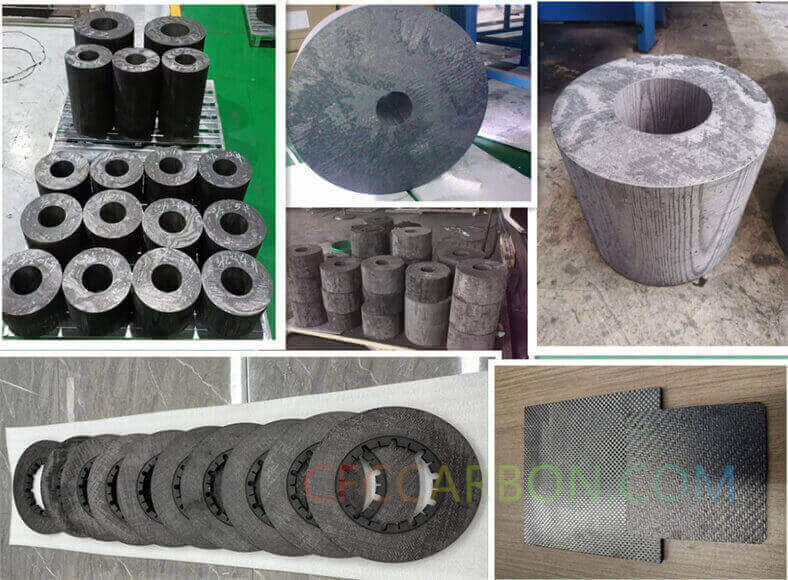Enthalpy (foreign name: enthalpy, referred to as enthalpy) is an important state parameter in thermodynamics that characterizes the energy of a material system, and is often represented by the symbol H.
For a certain mass of matter, the enthalpy is defined as H=U+pV, where U is the internal energy of the matter, p is the pressure, and V is the volume. The enthalpy of a unit mass of substance is called the specific enthalpy, expressed as h=u+pv.

3D 4D carbon fiber composite material manufacturer factory -airplane brake disc plates sheets U L profiles-2D(s)
1. Introduction to enthalpy
The enthalpy value in air refers to the total heat contained in the air, usually based on the unit mass of dry air, called specific enthalpy. In engineering, it is referred to as enthalpy for short, which refers to the sum of the enthalpy of one kilogram of dry air and the corresponding enthalpy of water vapor (contained in 1Kg of dry air). In engineering, we can determine whether the air gains heat or loses heat according to the change in specific enthalpy of a certain mass of air during processing. An increase in the specific enthalpy of the air indicates that heat is gained in the air; a decrease in the specific enthalpy of the air indicates that heat is lost in the air.
When calculating the heat exchange rate of the air flow through the heat exchanger, the calculation of the heat exchange rate on one side of the air flow is quite simple through the calculation of the enthalpy difference: Q= M*(H_out-H_in), where Q is the heat exchange rate and M is the air flow Mass flow, H is the specific enthalpy of air flow. In fact, this is not only for airflow, but also for gas-liquid two-phase refrigerant flow, the same calculation method.
2. Calculation formula of enthalpy
The definition of air enthalpy and the calculation formula of air enthalpy:
The enthalpy of air refers to the adiabatic heat contained in the air, usually based on the unit mass of dry air. Enthalpy is represented by the symbol i, and the unit is kj/kg dry air. The enthalpy of wet air is equal to the sum of the enthalpy of 1kg of dry air and the enthalpy of dkg of water vapor.
The formula for calculating the enthalpy of humid air:
i=1.01t+(2500+1.84t)d or i=(1.01+1.84d)t+2500d (kj/kg dry air)
In the formula: t—air temperature ℃
d—the moisture content of the air kg/kg dry air
1.01 — average constant pressure specific heat of dry air kj/(kg.K)
1.84 – average constant pressure specific heat kj/(kg.K) of water vapor
Latent heat of vaporization kj/kg of water at 2500 -0°C
It can be seen from the above formula: (1.01+1.84d) t is the heat that changes with temperature, that is, “sensible heat”; while 2500d is the latent heat of vaporization of dkg water at 0°C, which only changes with the moisture content. The temperature has nothing to do, that is, “latent heat”.
The above formula is often used to calculate the heat load of the cold dryer
Related news/knowledge: